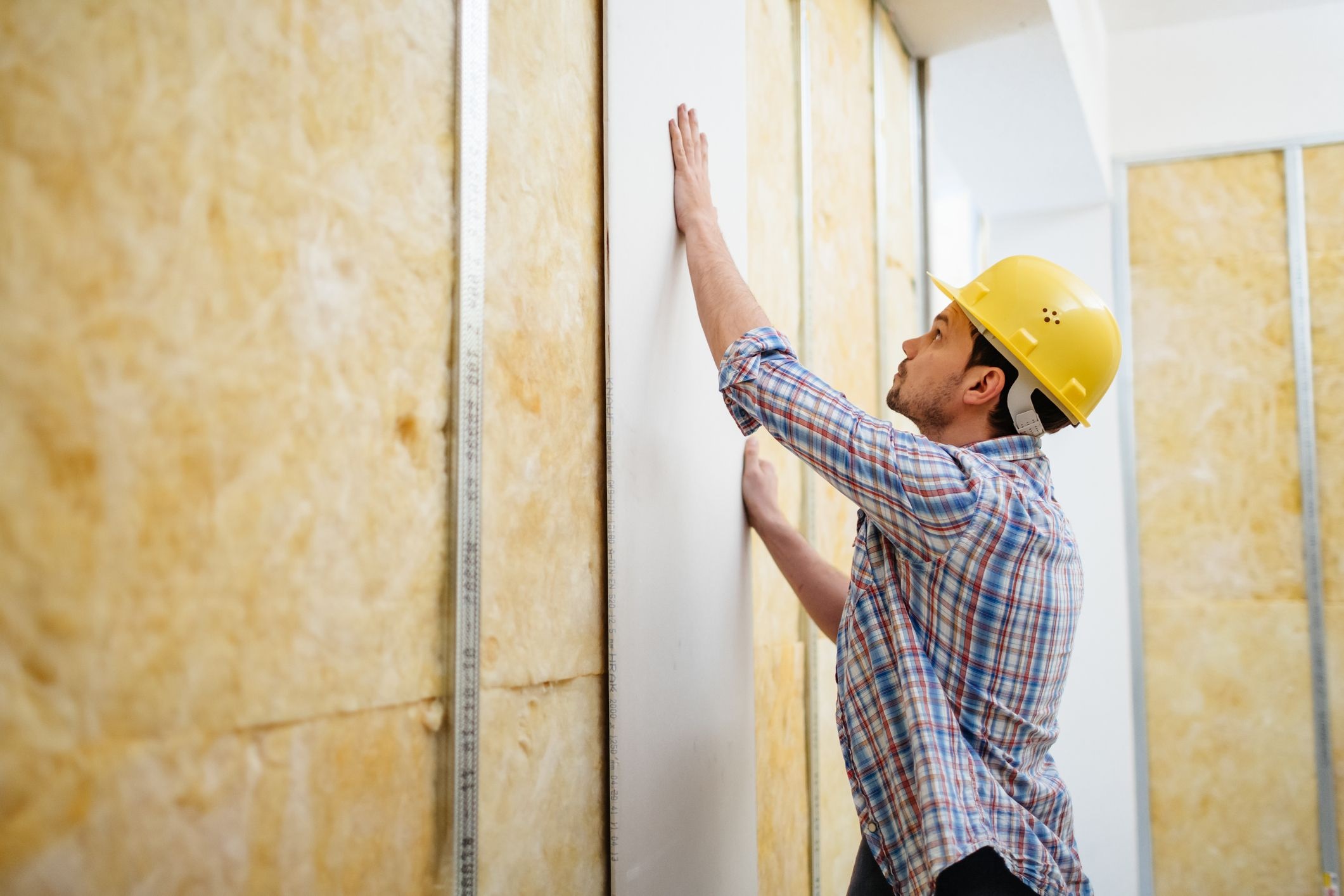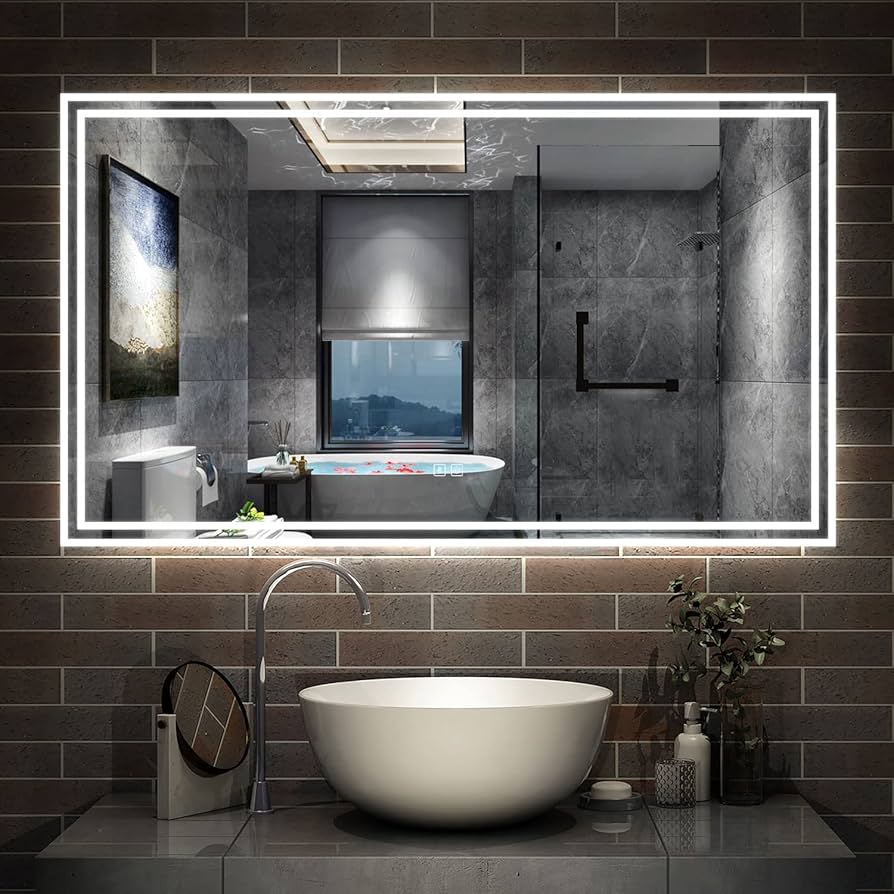Noise pollution can have a significant effect on our comfort and well-being, especially at home where we expect peace and quiet. Whether it’s noisy neighbours, street traffic, or the hum of appliances, unwanted noise can seep through your walls.
Here’s a top 10 list of quick and effective wall soundproofing tips to help you achieve the tranquility you deserve without breaking the bank or calling in professionals.
1. Identify Problem Areas
The first step to successful wall soundproofing is to locate the areas where sound is leaking into or out of your living space. Common trouble spots include wall outlets, window frames, and doorways.
Spend some time in each room during different parts of the day and note where sound seems to penetrate most. Once you’ve found these problem areas, you can start addressing them specifically.
2. Seal Gaps and Cracks
After discovering where sound is leaking, your next mission is to seal these openings with acoustic caulk or weatherstripping. Regular walls can have small gaps that are invisible to the naked eye; these small spaces allow sound to travel more freely.
Sealing them is a simple yet effective way to start soundproofing. This method works best for light sounds such as conversation or television noise. For heavier sounds like music or appliances, consider using a door sweep to seal the bottom of the doors.
3. Add Mass to Walls
Sound is simply energy travelling through the air, and the more mass a barrier has, the more it can block that energy. Consider adding soundproofing materials to your walls, such as mass-loaded vinyl or specially designed soundproofing drywall.
These materials can be quite dense, effectively absorbing and reflecting sound waves. Remember, the more mass you add, the better your walls will be at blocking sound.
4. Use Soundproofing Paint
Soundproof or sound-dampening paint is a special type of paint that contains latex, ceramic microspheres, or other sound-absorbing components.
Painting your walls with this type of paint adds an extra layer to your soundproofing effort by reducing the sound’s ability to vibrate through the walls.
5. Invest in Soundproof Curtains or Panels
Another simple tip is to hang soundproof curtains or acoustic panels, which help to absorb sound and can also add a stylish touch to your decor. These treatments can be hung on walls or over windows to offer an additional layer of sound insulation.
Soundproof curtains are particularly effective at reducing echo and high-frequency sounds, making speech and music less disruptive.
Additionally, they can help block out external noise from traffic or noisy neighbours.
6. Rearrange Furniture
Strategically placing furniture can do wonders for soundproofing. Position heavy, dense items against the walls to act as a natural sound barrier.
You can also place taller items, like bookshelves, to help break up the sound path. Consider creating a buffer zone with sofas and chairs to mitigate sound transfer as well.
7. Consider Door Seals
Doors are often an overlooked source of sound leakage. Up the soundproofing ante by installing door sweeps or seals, which help prevent sound from escaping through gaps at the bottom or edges of the door.
You can also add a heavy-duty door sweep to block sound from coming in or going out. A solid, snug fit minimizes the amount of sound that can pass through these openings.
9. Create a Soundproofing Feature Wall
Why not turn soundproofing into a decorative project? Design a feature wall that doubles as a soundproofing solution.
You can achieve this with bookshelves filled with books or by creating a gallery wall using sound-absorbing materials behind the art. This not only enhances your space aesthetically but also functionally by adding another layer of sound insulation.
10. Test and Adjust
Once you’ve implemented your soundproofing strategies, it’s important to test their effectiveness. This can be as simple as having someone make noise in one room while you stand in another.
If you still hear the sound, try adjusting or adding more soundproofing measures until you achieve the desired level of noise reduction. Remember, every space is different, so it may take some trial and error to find the right solution for your specific needs.
Conclusion
Improving wall soundproofing doesn’t have to be a taxing or expensive endeavour. With these quick tips, you can create a more peaceful and private living space for yourself and your loved ones. Just remember to identify areas of concern, seal gaps, add mass and absorbent materials, rearrange furniture, and test your results before making any final adjustments.
Taking the time and effort to soundproof your walls, you can enjoy a quieter and more relaxing home environment. Additionally, you can always consult with a professional for further advice and recommendations specific to your living space. With these tips, you’ll be enjoying the peace in no time!




